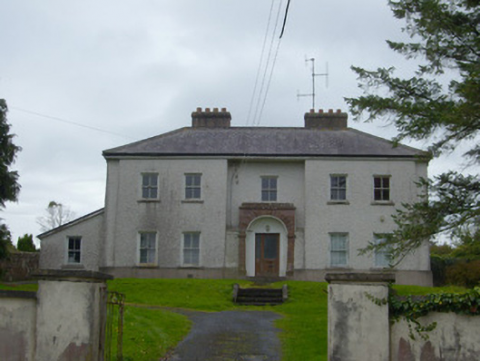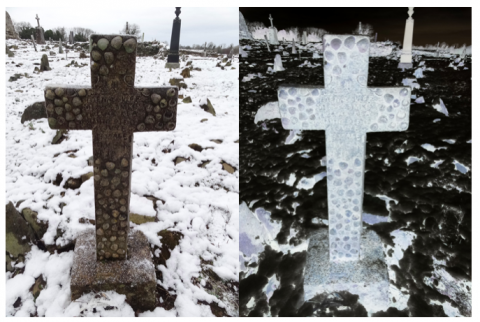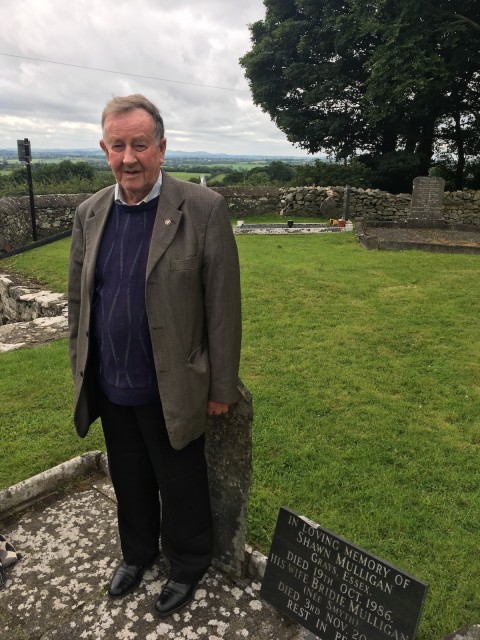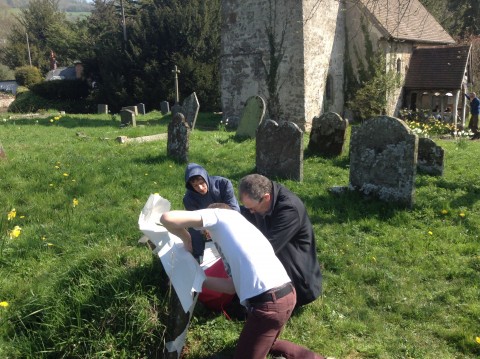Introduction
As part of the Graveyard's of Ballyhoura 2020 Project we had a video meeting this morning which we recorded in audio format. The discussion was wideranging and the methodology focussed on how we might trace evidence for, and remnants of the 1830s Cholera epidemics in both Ballyhoura and in Ontario. This approach is based on our goal to bridge the gap between communities in Limerick/N Cork and those in Ontario whose ancestors left Ireland as part of the Peter Robinson Assisted Emigration almost 200 years ago.












